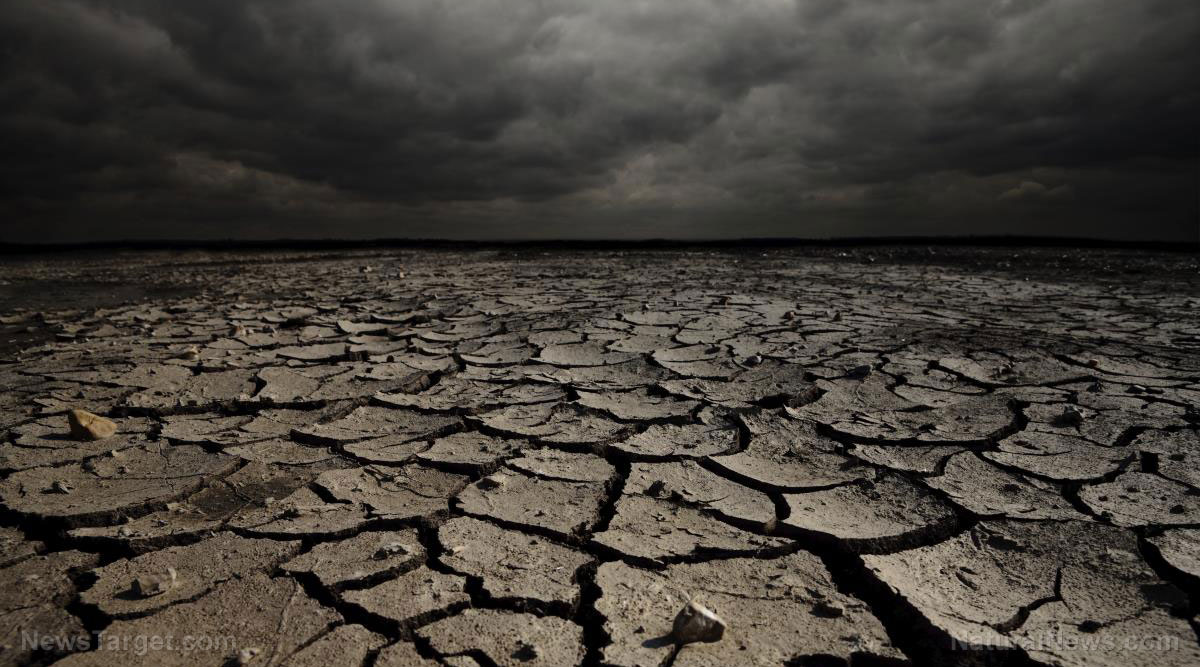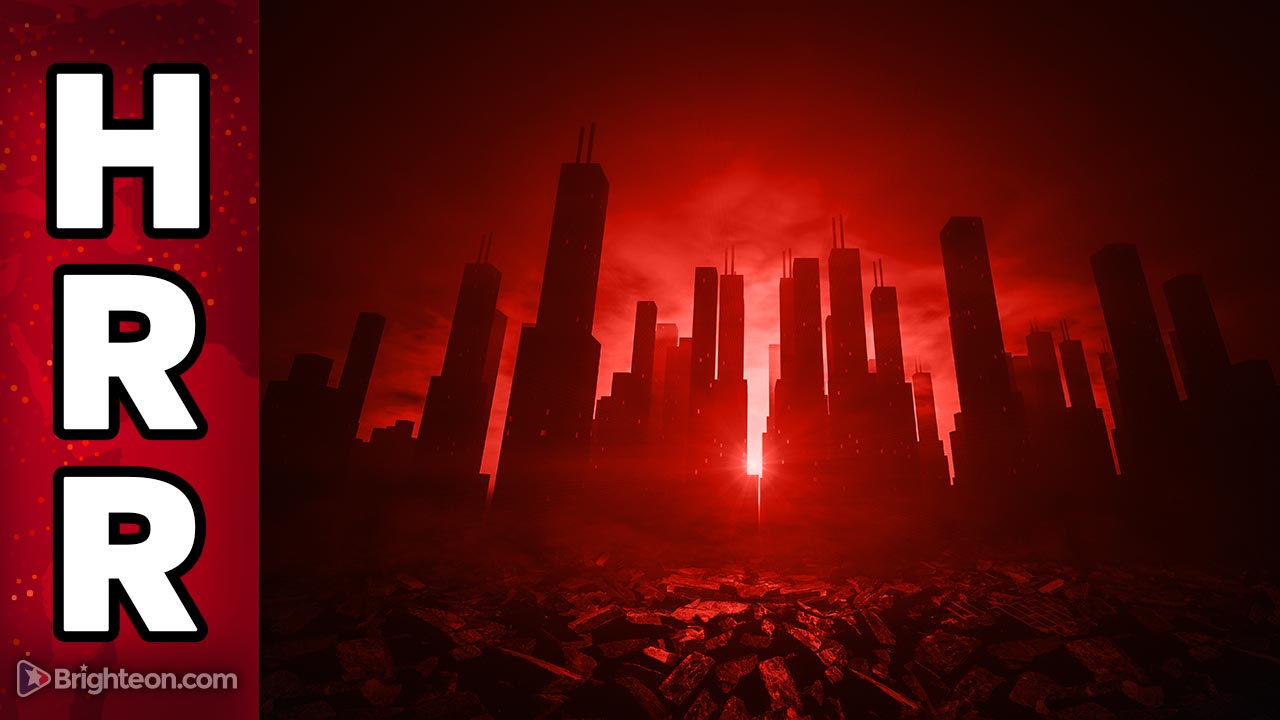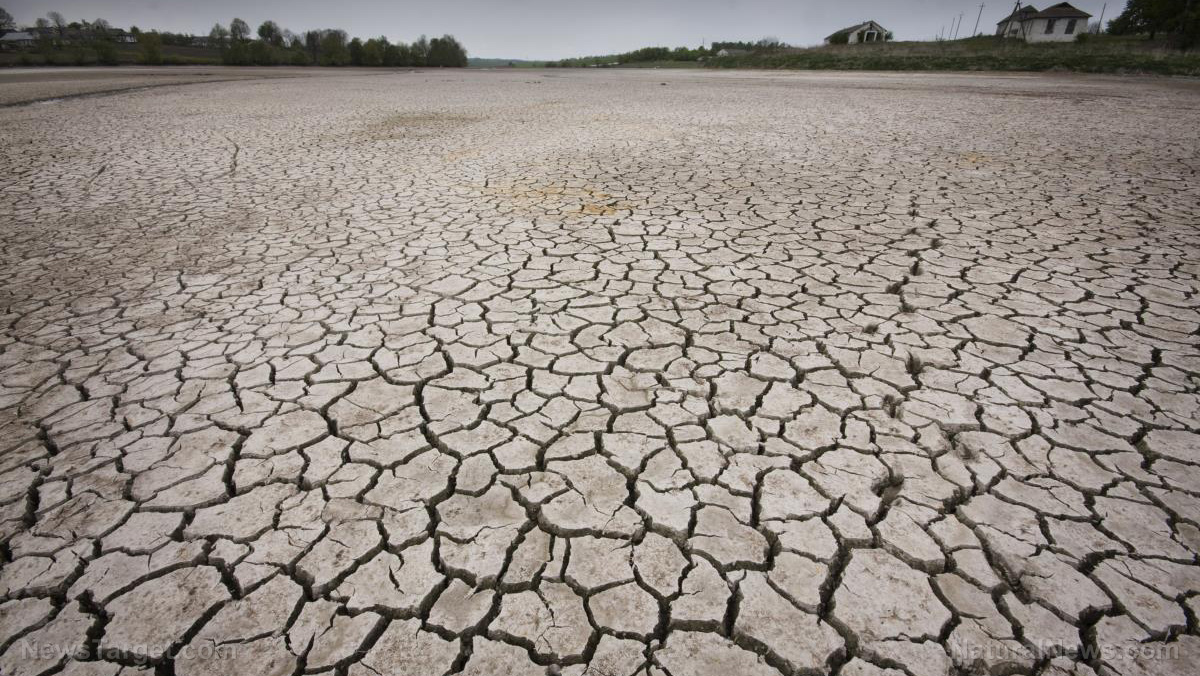America’s infrastructure is crumbling: Jackson, Mississippi out of running water due to treatment plant failure
09/05/2022 / By Belle Carter

The main water treatment plant in the city of Jackson, Mississippi failed on Monday, Aug. 29, adding to the woes of a population already struggling with a crumbling water infrastructure for may years.
Mississippi Gov. Tate Reeves said during a press conference that the faulty facility has left the state capital with little to no water. In some cases, raw reservoir water flowed through city pipes.
According to Reeves, the water treatment facility had been “operating with zero redundancies” – in other words, without any backup systems. The recent damage to its main pumps also contributed to Mississippians’ predicament. “It is going to be a massive undertaking,” Reeves said, estimating that it could take three or four months to repair the plant.
The governor has already declared a state of emergency over the water crisis. He admitted that the city of Jackson, which runs the plant, had insufficient water to fight fires or even flush toilets.
Meanwhile, Jackson Mayor Chokwe Antar Lumumba said recent floodwaters affected the infrastructure. This prompted the facility to release less water to residents in recent days as it was struggling to treat the water. “It is no secret to any of us, we have a very fragile water-treatment facility,” admitted Lumumba.
Institutions of learning were not spared from the water shortage. Public schools in the city shifted online on Aug. 30 due to the dwindling water supply. Jackson State University officials said there is “low to no water pressure at all campus locations” and that water is being delivered to students.
Jackson residents already boiling their water for a month
The Mississippi capital has already been under a boil-water notice since last month. Tests found a cloudy quality of the city-supplied water that could hinder the disinfection process and lead to illness. (Related: Boil water advisory for 130,000 Detroit residents extended to Sept. 3.)
State officials were working to distribute cases of bottled water to the city’s roughly 150,000 residents as the poor-quality water and the low water pressure meant it was not safe for them to drink the water or to brush their teeth with it.
The lack of reliable running water impacted even the most basic services such as drinking fountains at Whitten Middle School.
“Out of order signs have been posted on those fountains as long as anyone can remember,” George Stewart, a teacher at the school told NBC‘s “Nightly News with Lester Holt.” He said that he honestly does not remember the last time the fountains worked.
Meanwhile, local officials declared that flooding in Jackson, a city of around 153,000, was less severe than had been feared after the state got record rainfall.
The Pearl River was forecast to remain at a little over 35 feet, but begin a slow decrease Monday night, the National Weather Service said. The problems at the water treatment plant came after the city appeared to largely avoid widespread flooding from the river swollen by days of heavy rain.
The river water coming into what was an already “very fragile water treatment facility” meant it needed to be treated differently and resulted in a reduction in water going out into the system, the city chief executive said.
He initially said that fixing their water system could cost $200 million, but on Tuesday, he disclosed that the cost could run to “quite possibly the billions of dollars.” Mississippi is receiving $75 million to address water problems as part of a bipartisan infrastructure bill.
Visit WaterWars.news for more stories about water shortages.
Watch the below video that explains how water wars critically impact the food supply.
This video is from the HighWire with Del Bigtree channel on Brighteon.com.
More related stories:
Mississippi farmers say heavy flooding caused them to lose crops.
Sources include:
Submit a correction >>
Tagged Under:
chaos, Chokwe Antar Lumumba, clean water, Collapse, disaster, drinking water, infrastructure, Jackson, Mississippi, potable water, rationing, risk, State of Emergency, Tate Reeves, treatment plant, water rationing, water shortage, water supply, water system, Water Wars
This article may contain statements that reflect the opinion of the author
RECENT NEWS & ARTICLES
COPYRIGHT © 2017 DISASTER NEWS




















